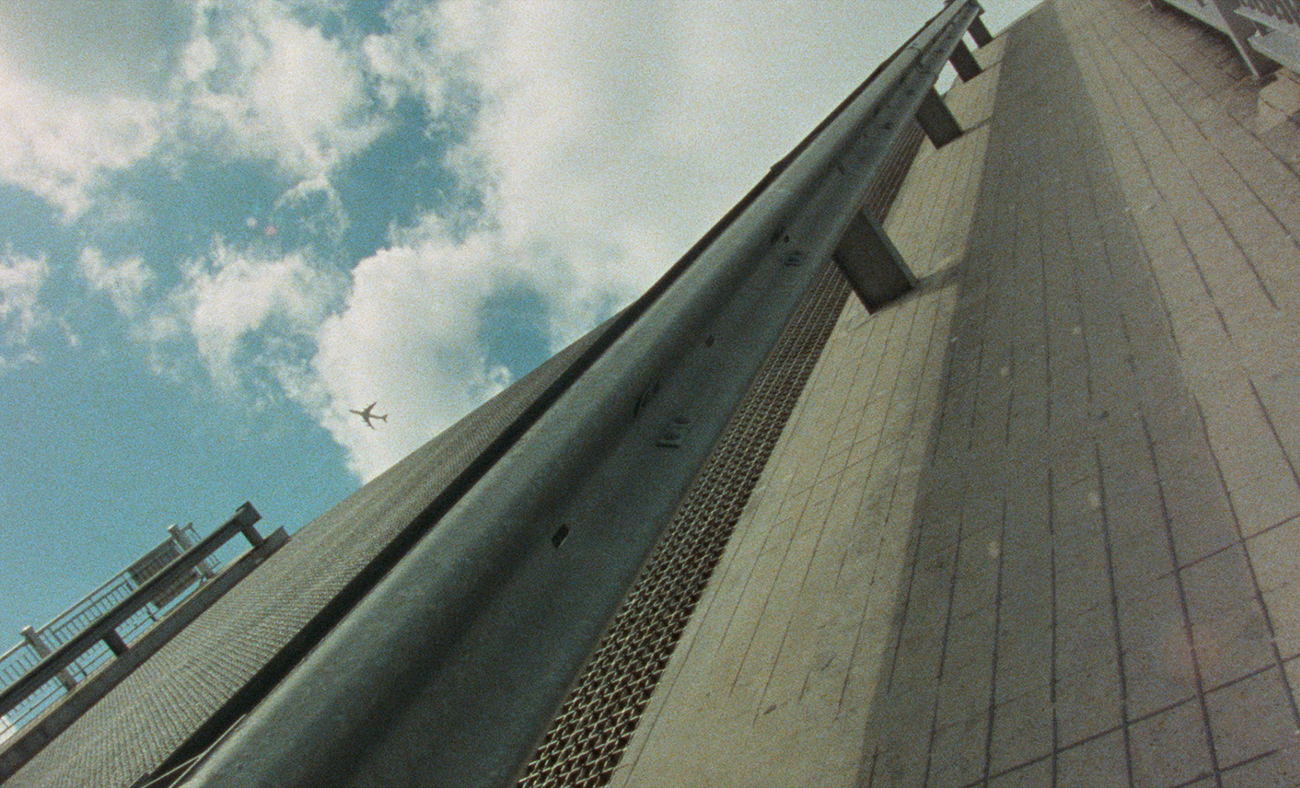“I had met someone who told me about Route One, and that it was a good way to cross America. From that conversation, with nothing but a map, I wrote a two or three page proposal about a trip along Route One. Without any idea of what kind of film it might be, just the desire to move. Little by little, the project began to take shape. There was still no concept. I’m not sure I even thought I was going to make the film. There was the idea that we always fall back on: that of living a situation... During five months shooting along this route, I did not have the impression of filming the past, but rather of revealing the present. From the shadows of the interchanges, the town centers of glass and steel stand out against the horizon like studio décors. We were in the present, affronting difficult times.“
In September 1987, Robert Kramer returned to the US after a decade of self-imposed exile, where he spent five months filming along Route One, which connects Canada to Key West in Florida. In 1936, it was the most travelled route in the world, meanwhile it runs alongside superhighways and through suburbs – a thin strip of tarmac that cuts through all the old dreams of a nation. Together with fellow traveller Doc (Paul McIsaac), Kramer enters a succession of private worlds that steadily reveal themselves to the camera: from a Native American reservation in Maine to the Vietnam Veterans Memorial in Washington DC, from a Thanksgiving dinner at a homeless shelter to a sermon at an evangelical church. The grittiness of Kramer’s earlier militant work has given way to a casual mise en scène, with a fluid camera moving amidst ever-changing characters. Rarely did a filmmaker so fearlessly tread the fault lines between documentary and fiction, between inside and outside, to the point where the film almost breaks in half.
“There is a structure that is almost the same for all the films: you arrive in the middle of something, and lots of elements are given to you. It’s fragmentary, chaotic, you get a lot of signs, a lot of little things to work with. As you go along, it starts to fall into place. I think it’s a very accurate reflection of how my mind works. In the beginning, films are like a vast area, a geography. They are populated with people. Places are extremely important. And I don’t know where I’m going.”
Digitized and restored by Les Film D’Ici with the support of the Centre National du Cinema (CNC)
English spoken
